Psophocarpus tetragonolobus (L.) DC. |
| |
|
|
Botanical Name |
: |
Psophocarpus tetragonolobus (L.) DC. |
English
Name |
: |
Winged-bean, Goa-bean , Asparagus bean, Asparagus pea, Princess-pea, Four-angled-bean, Supermarket bean, Short day asparagus pea |
Synonym(s) |
: |
Psophocarpus tetragonolobus (Stickm.) DC., Dolichos tetragonolobus L., Botor tetragonolobus (L.) Kuntze. |
Family |
: |
Fabaceae |
| |
General Info
| Description |
 |
|
A perennial high-climbing, twining vine growing to 2m. Leaves trifoliate; leafletsare more or less triangular, tapering to an acute point, about 3-6 in (7.6-15 cm) long and almost as wide at the widest point. Flower pale sky blue, some are white, and others are reddish brown; larger than green bean flowers, a little more than 1 in (2.5 cm) long, and hang in loose clusters of 2-10 flowers. Pods have four leafy wings with frilly edges running lengthwise on the pods. |
| Herb Effects |
 |
|
Anthelminthic, antibacterial, anticancer, antiedemic, anti-HIV, antiinflammatory, antileukemic, antimalarial, antimelanomic, antinociceptive, antiplasmodial, antiseptic, antitumor, antiviral, aphrodisiac, apoptotic, cytotoxic, depurative, phospholipase-A2 inhibitor (flowers, pods, seeds and roots). |
Chemistry
| Active Ingredients |
 |
|
Alanine, alpha-linolenic acid, arginine, aspartic acid, cystine, erucic acid, glutamic acid, glycine, histidine, isoleucine, linoleic acid, lysine, methionine, myristic acid, oleic acid, palmitic acid, phenylalanine, serine, stearic acid, threonine, tryptophan, tyrosine, valine (leaf); ascorbic acid, beta-carotene (fruit); betulinic acid (root); HCN (stem); folacin, niacin, riboflavin, thiamin (seed). |
| Chemistry
of Active Ingredients |
 |
|
|
 |
Name |
CAS# |
IUPAC Name |
Formula |
Structure |
 |
|
| Alanine |
35597-43-4 |
2-[2-[2-amino-4-(hyd
roxy-methyl-phosphor
yl)-butanoyl]aminopr
opanoylami
no]propa
noic acid |
C11H22N3O6P |

|
| alpha-Linolenic acid |
94138-91-7 |
octadeca-9,12,15-tri
enoic acid |
C18H30O2 |

|
| Arginine |
7004-12-8 |
2-amino-5-guanidino-
pentanoic acid |
C6H14N4O2 |
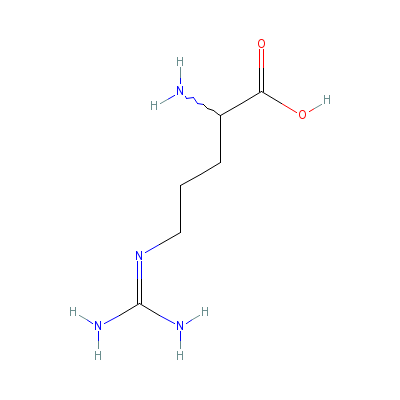
|
| Aspartic acid |
6899-03-2 |
2-aminobutanedioic
acid |
C4H7NO4 |
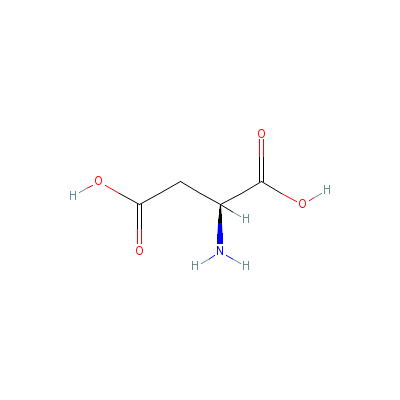
|
| Cystine |
24645-67-8 |
2-amino-3-(2-amino-2
-carboxy-ethyl)disul
fanyl-propanoic acid |
C6H12N2O4S2 |
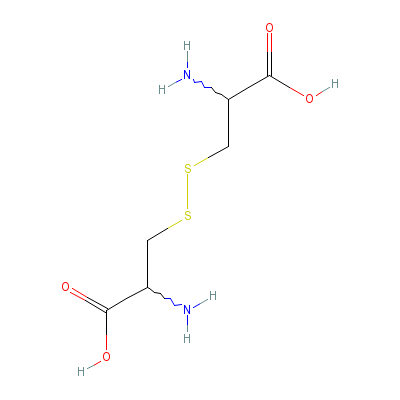
|
| Erucic acid |
1072-39-5 |
docos-13-enoic acid |
C22H42O2 |
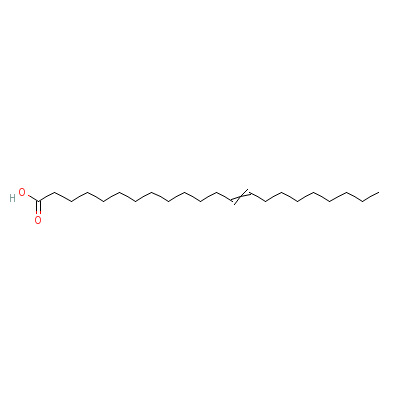
|
| Glutamic acid |
Not Available |
2-aminopentanedioic
acid |
C5H9NO4 |
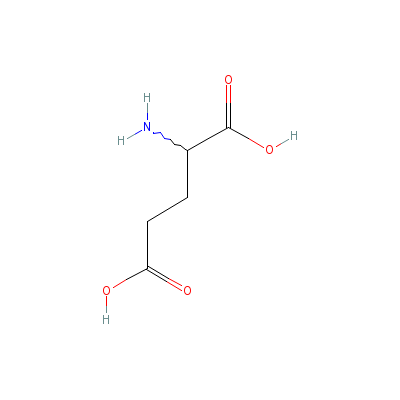
|
| Glycine |
87867-94-5 |
2-aminoacetic acid |
C2H5NO2 |
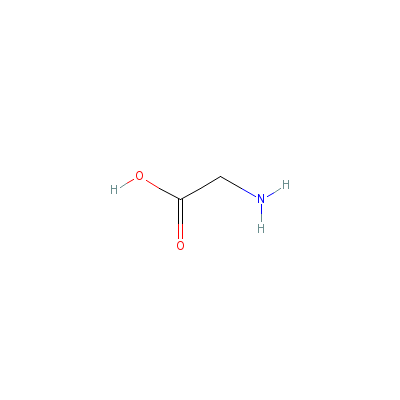
|
| Histidine |
6027-02-7 |
2-amino-3-(3H-imidaz
ol-4-yl)propanoic
acid |
C6H9N3O2 |
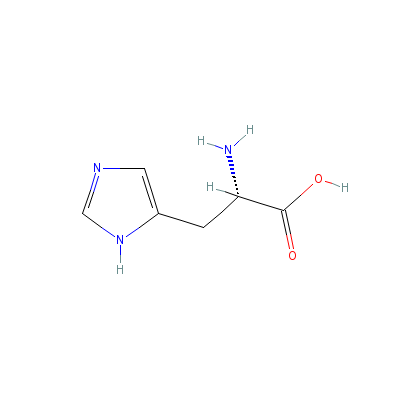
|
| Isoleucine |
319-78-8 |
2-amino-3-methyl-pen
tanoic acid |
C6H13NO2 |
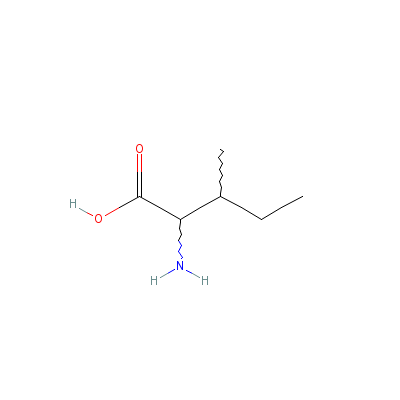
|
| Linoleic acid |
8024-22-4 |
Octadeca-9,12-dienoi
c acid |
C18H32O2 |
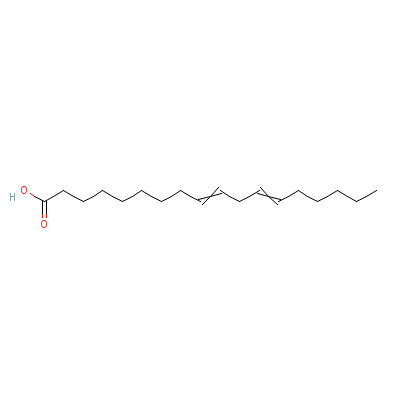
|
| Lysine |
923-27-3 |
2,6-diaminohexanoic
acid |
C6H14N2O2 |
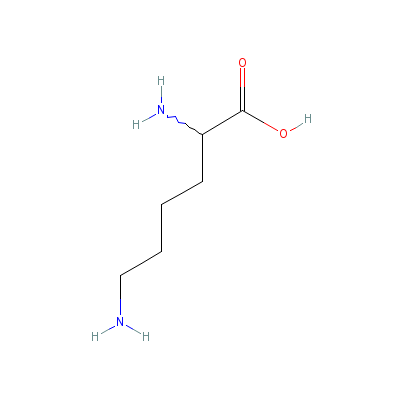
|
| Methionine |
348-67-4 |
2-amino-4-methylsulf
anyl-butanoic acid |
C5H11NO2S |
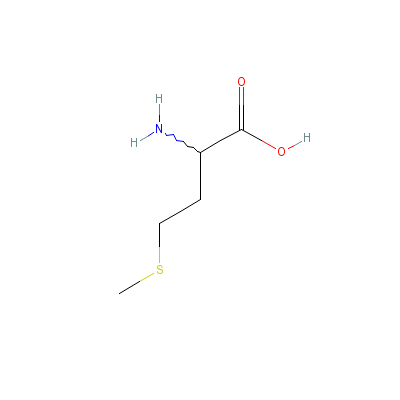
|
| Myristic Acid |
Not Available |
Hexane |
C6H14 |

|
| Oleic acid |
8046-01-3 |
octadec-9-enoic acid |
C18H34O2 |
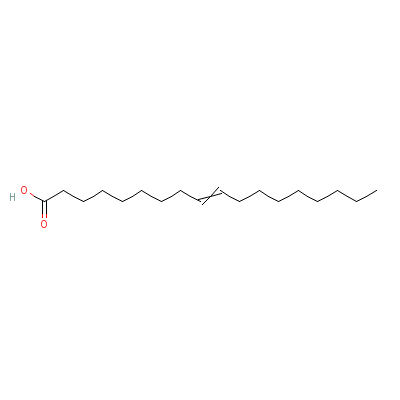
|
| Palmitic acid |
66321-94-6 |
Hexadecanoic acid |
C16H32O2 |
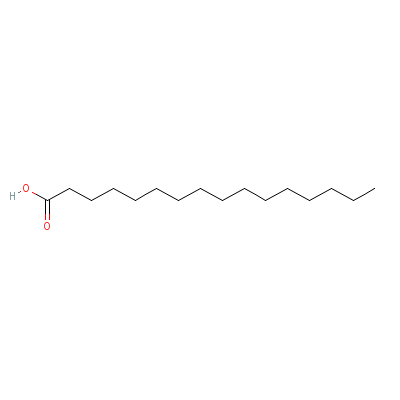
|
| Phenylalanine |
3617-44-5 |
2-amino-3-phenyl-pro
panoic acid |
C9H11NO2 |

|
| Serine |
6898-95-9 |
2-amino-3-hydroxy-pr
opanoic acid |
C3H7NO3 |

|
| Stearic acid |
82497-27-6 |
octadecanoic acid |
C18H36O2 |

|
| Threonine |
632-20-2 |
2-amino-3-hydroxy-bu
tanoic acid |
C4H9NO3 |
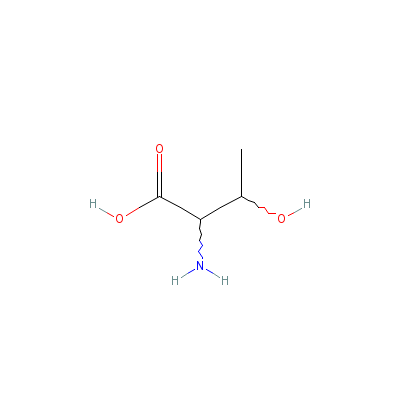
|
| Tryptophan |
80206-30-0 |
2-amino-3-(1H-indol-
3-yl)propanoic acid |
C11H12N2O2 |

|
| Tyrosine |
556-02-5 |
2-amino-3-(4-hydroxy
phenyl)-propanoic
acid |
C9H11NO3 |
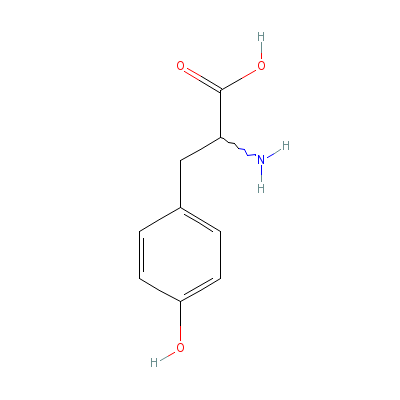
|
| Valine |
7004-03-7 |
2-amino-3-methyl-but
anoic acid |
C5H11NO2 |
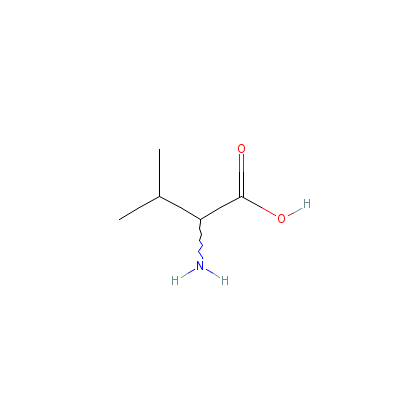
|
| Ascorbic acid |
Not Available |
2-(1,2-dihydroxyethy
l)-4,5-dihydroxy-fur
an-3-one |
C6H8O6 |

|
| Beta-carotene |
Not Available |
3,7,12,16-tetramethy
l-1,18-bis(2,6,6-tri
methyl-1-cyclohexeny
l)-octadec
a-1,3,5,
7,9,11,13,15,17-nona
ene |
C40H56 |

|
| Betulinic acid |
4481-62-3 |
Not Available |
C30H46O3 |
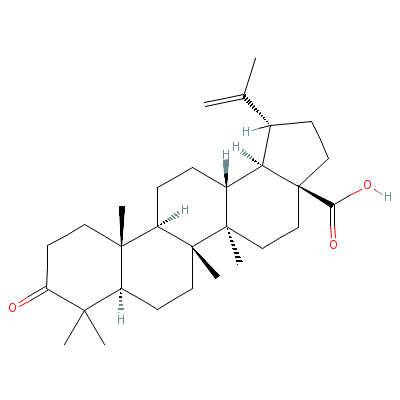
|
| HCN |
Not available |
Hydrogen cyanide |
CHN |
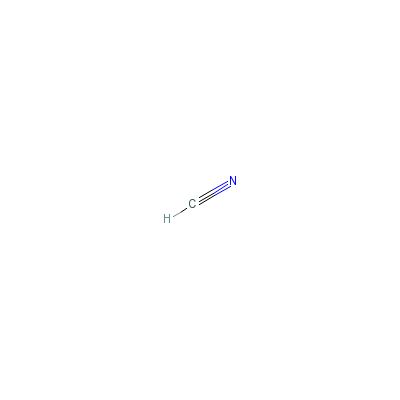
|
| Folacin |
6484-89-5 |
2-[4-[(2-amino-4-oxo
-1H-pteridin-6-yl)me
thylamino]benzoyl]am
inopentane
dioic
acid |
C19H19N7O6 |
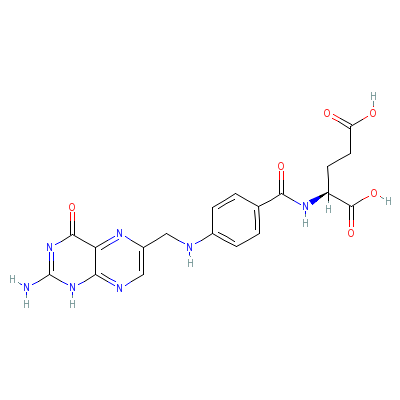
|
| Niacin |
99148-57-9 |
Pyridine-3-carboxyli
c acid |
C6H5NO2 |
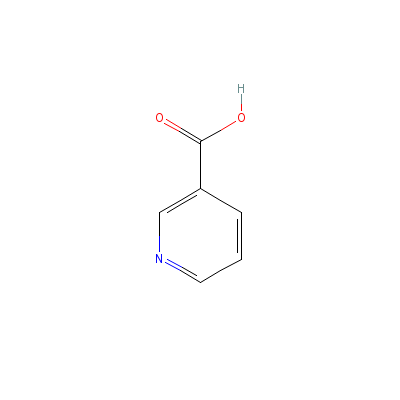
|
| Riboflavin |
Not Available |
Not Available |
C17H21N4O9P |
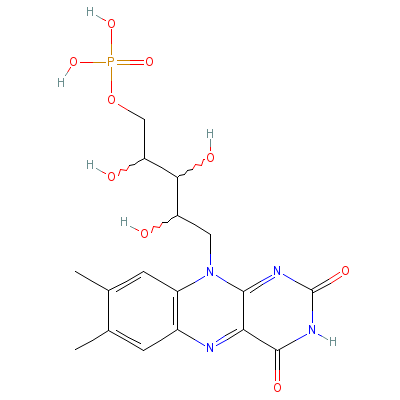
|
| Thiamin |
59-43-8 |
2-[3-[(4-amino-2-met
hyl-pyrimidin-5-yl)m
ethyl]-4-methyl-1-th
ia-3-azoni
acyclope
nta-2,4-dien-5-yl]et
hanol |
C12H17N4OS+ |

|
|
Pharmacology
| Medicinal Use |
 |
|
The flowers, pods, seeds and roots are used in treating anemia, bacterial infections, boils, cancer, brain tumors, candidal infections, diabetes, dyspepsia, edema, fungal infections, glioblastoma, HIV, leukemia, malaria, medulloblastoma, melanoma, neuroblastoma, obesity, ophthalmia, otosis, pain, smallpox, swelling, toothache, venereal diseases, vertigo, viral infections and worm troubles. |
| Reference |
 |
|
 James A Duke and Maryl Fulton. Handbook of Medicinal Herbs - 2nd Edition, P: 786, CRC Press July 2002. James A Duke and Maryl Fulton. Handbook of Medicinal Herbs - 2nd Edition, P: 786, CRC Press July 2002.
|
Dealers
Products
|
|